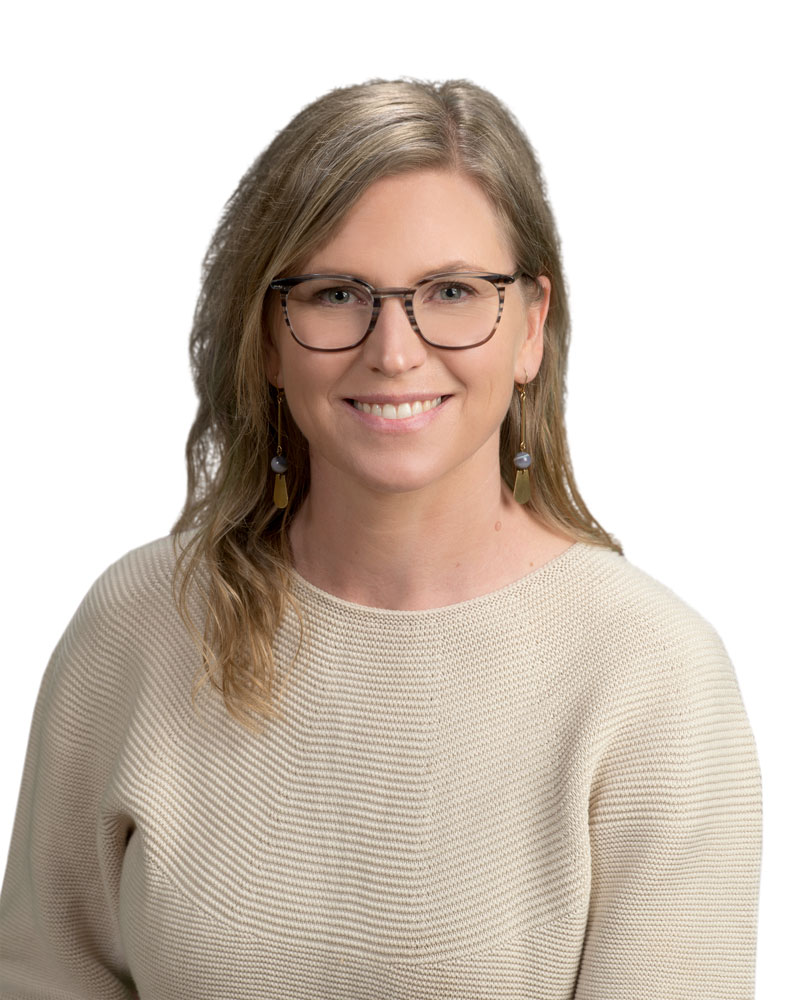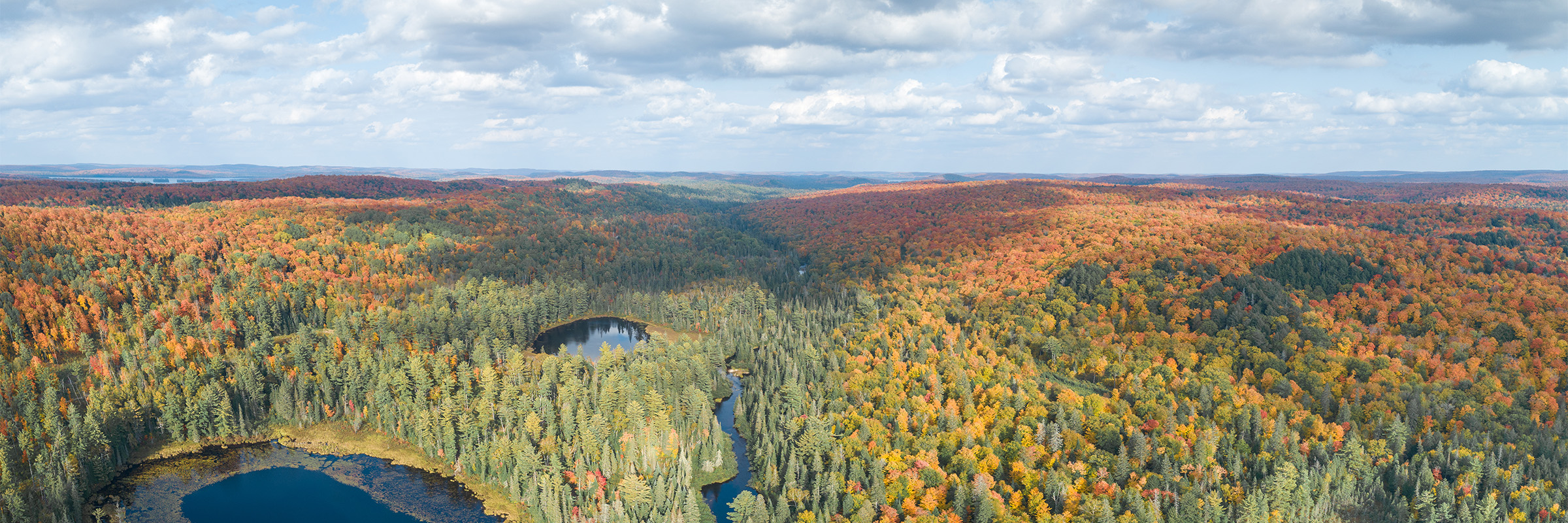Dayna Scott, associate professor at Osgoode Hall Law School, documents the existential battle between one Indigenous community and the influence of mining companies operating on its land.
For the past seven years, Scott has worked closely with the Neskantaga First Nation as they fight to preserve their homelands in the sensitive peat-lands of northern Ontario.
Scott described her visits to the nation during one of Osgoode’s faculty research events on Oct. 25. Performing what is known as community-based participatory research, she said she has observed many interactions between Neskantaga leaders, politicians and mining companies and aims to document the shifting dynamics through successive chapters.
Neskantaga First Nation is one of several First Nations profoundly impacted by the Ring of Fire, a gigantic, proposed nickel mining development in the mineral-rich James Bay Lowlands. The area is also believed to hold vast deposits of chromite, copper and platinum. But the wetlands are a massive carbon store that have been referred to as “the world’s lungs.” The project would include the construction of an estimated $1.6-billion, 450-kilometre, all-season road through First Nations territory, including boreal forest and muskeg.

Now identified as a not-entirely-proverbial gold mine, especially for electric car battery manufacturers, experts are concerned that the recent passage of U.S. President Joe Biden’s Inflation Reduction Act – an otherwise eco-friendly bill that allocates billions of dollars for transport electrification and other green initiatives – could ratchet up pressure to extract from the region even more.
“Various governments have hitched their hopes to the Ring of Fire as a potential driver of Ontario’s economy,” said Scott, who also holds the York Research Chair in Environmental Law and Justice in the Green Economy.
“The struggle for jurisdiction,” she added, “is a high-stakes struggle.”
Throughout the event, Scott was inundated with questions from concerned students and fellow staff.
Saptarishi Bandopadhyay, associate professor at Osgoode, asked if the Ring of Fire resources could be considered “conflict minerals,” akin to those mined in countries like the Democratic Republic of the Congo (DRC), which have been used to fund civil conflicts.
“I don’t think it’s my call,” said Scott. “If the people of Neskantaga want to call them that, I’ll back them up.”
But Scott pointed out that mining hasn’t yet begun in the Ring of Fire. And while there is certainly the potential for conflict and serious environmental justice questions – including risks of sexual violence against Indigenous women and girls that often accompanies work-camps in remote areas – the kinds of human rights abuses taking place in the DRC, such as child labour, are not present in this situation.
Neskantaga First Nation has taken Ontario to court looking for “ground rules” on how the province should consult and accommodate Indigenous communities that are in a state of crisis. Among other challenges, the First Nation has been rocked by numerous suicides and has been under a drinking water advisory since 1995.
“In Canadian law, Indigenous people don’t have the right to say no to extractive processes on their territory – though so many will try to,” she said. “What would they decide if they actually had the right to informed consent on their territory?”
This research – along with a related project titled “Assembling Infrastructures Of Indigenous Jurisdiction” – will be the focus of a forthcoming book by Scott titled Fire in the Ring: Settler Law and Indigenous Jurisdiction on the Critical Minerals Frontier. (Publish date to be announced.)


